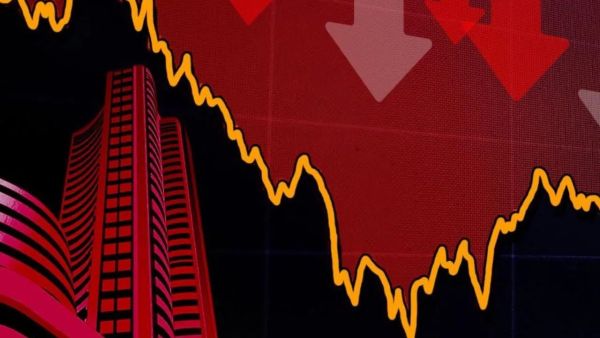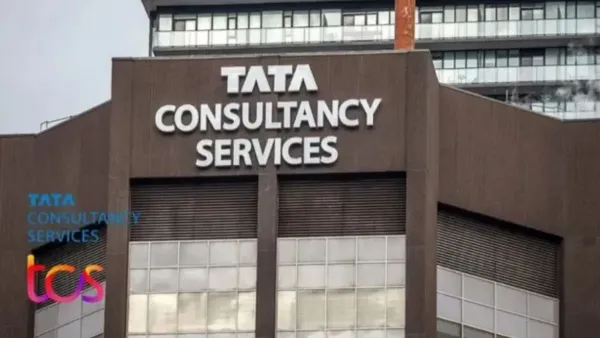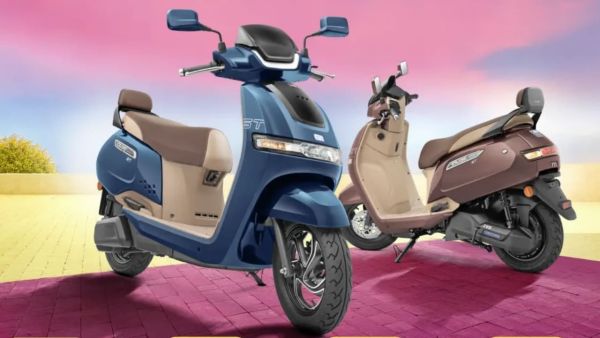ICICI Bank, India’s second-largest private lender, has announced that it will begin charging Payment Aggregators (PAs) for processing UPI transactions on merchant platforms starting August 1, 2025. This marks a significant development in the evolving UPI payments ecosystem, especially as banks look for monetization opportunities amid growing transaction volumes and mounting infrastructure costs.
New Charges Based on Escrow Relationships
According to internal communication accessed by industry insiders:
- Not with escrow accounts at ICICI Bank will be charged 2 basis points (bps) per transaction, capped at ₹6.
- Not without an escrow account at ICICI Bank will face a 4 bps fee, capped at ₹10 per transaction.
- No charges will apply if transactions are settled directly into an ICICI Bank merchant accountallowing the bank to benefit from fund float.
This structured approach rewards PAs for deeper integrations with the bank while nudging others toward closer banking ties.
Industry Context and Implications
With UPI peer-to-merchant (P2M) transactions surgingbanks like ICICI, Yes Bank, and Axis Bank—three top Payment Service Providers (PSPs)—have invested heavily in building scalable and secure digital infrastructure. However, the absence of a Merchant Discount Rate (MDR) means banks earn little from each UPI transaction despite shouldering backend costs and paying a fee to use the UPI switch.
Experts believe ICICI Bank’s move may be inspired by RBI’s recent statements around introducing UPI charges to sustain long-term infrastructure investments.
Impact on Merchants and Customers
PAs typically charge merchants a platform or convenience feewhile end-users enjoy zero-cost UPI payments. Now, these new charges may:
- Be absorbed by PAs, squeezing margins.
- Or be passed on to merchantsindirectly increasing costs for small businesses.
Notably, credit card-based UPI payments are already subject to monetization, setting a precedent.
What Happens Behind the Scenes?
When a customer pays via UPI:
- The PA acts as a bridge between the payer and payee banks.
- Funds are first settled in the PA’s escrow account.
- The amount is then transferred to the merchant’s account after verification.
ICICI’s move effectively targets this process by charging for facilitation, making it one of the first few large-scale monetization efforts in India’s booming digital payments sector.
As UPI scales beyond 12 billion monthly transactions, the pressure to build sustainable financial models for its backend infrastructure is prompting banks to get creative with fee structures.









